
Sustainability
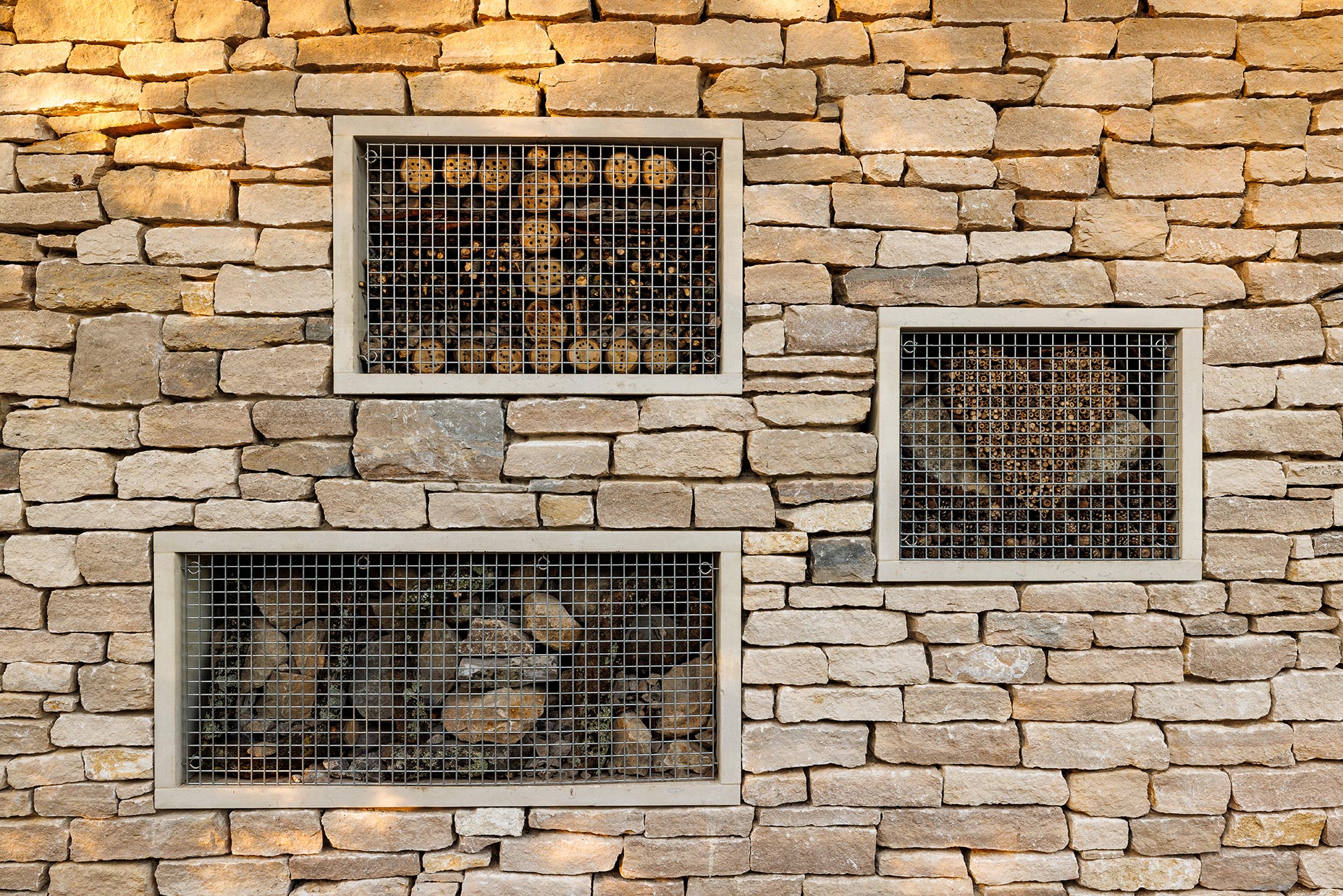
A marriage of low tech and high tech
It is our responsibility as Architects to push design boundaries to improve the sustainability of our homes and buildings, reducing our impact on our fragile world. Taking a sustainable approach to design and construction is intrinsic to all our projects.
We design our buildings to be as simple as possible using the design itself to save energy by orientation, passive solar heat gain, high levels of insulation, green or sedum roofs, conservation and reuse of water. This is backed up with more sophisticated technology when required such as air and ground source heat pumps, solar PV and solar hot water panels.
Below are some of the technologies, methods and techniques that we incorporate into many of our projects to reduce their impact on the world.
 Ground source
Ground source
Ground source heat pumps use pipes or boreholes, buried in the garden or field to extract heat from the ground which can then be used to heat radiators, underfloor or warm air heating systems and hot water in your home.
 Green roofs
Green roofs
A sedum roof is covered with vegetation and a growing medium, laid on a membrane, planted over the roof structure. Intensive green roofs can provide garden amenity space, much like a garden. Extensive roofs are typically low maintenance sedum and are accessible.
 Passive solar gain and shading
Passive solar gain and shading
Orientation of the building to maximise the light and heat provided by sunlight. Utilising sun shading techniques such as overhangs and louvres to keep buildings cool.
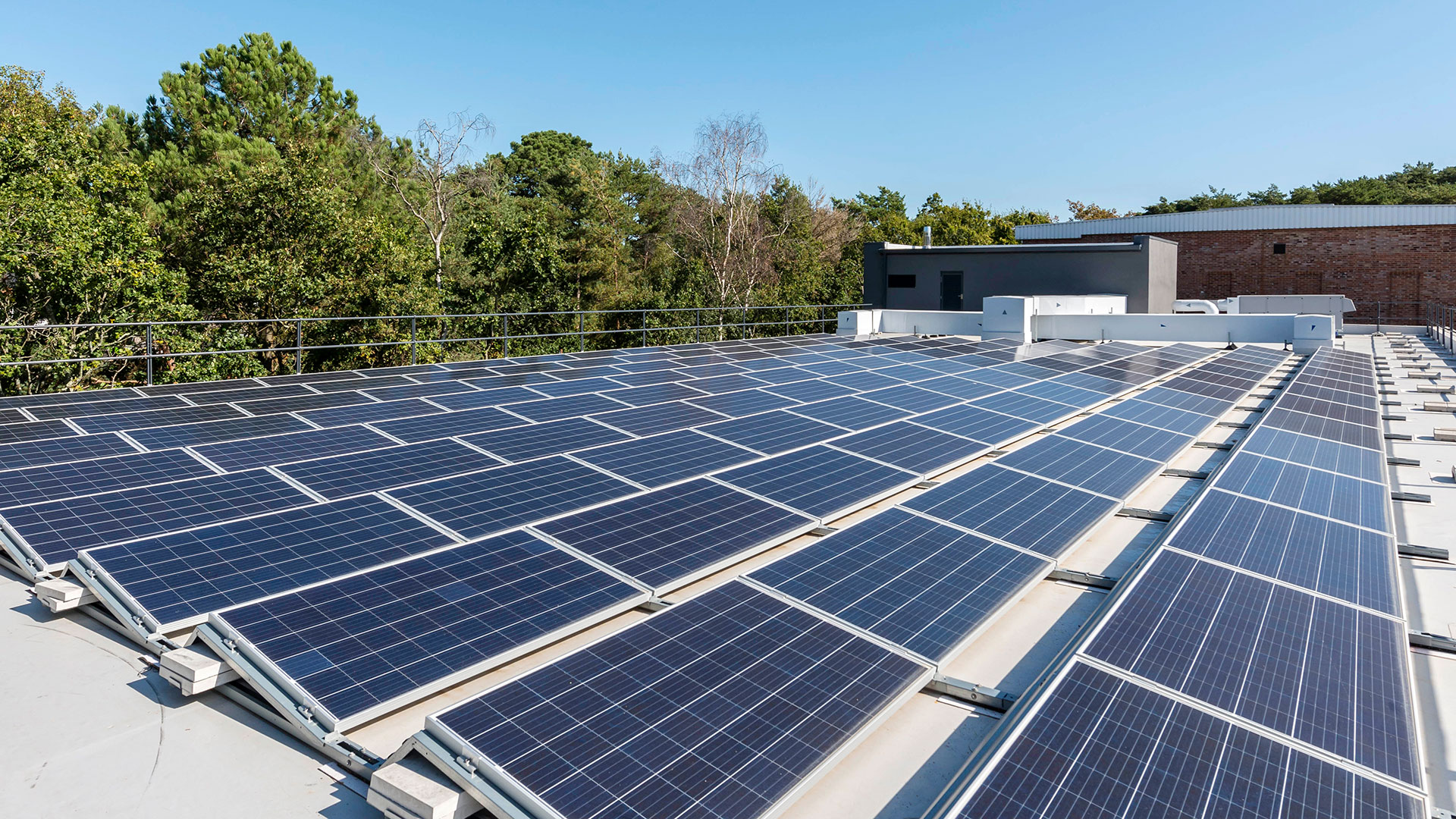 Photovoltaic or solar panels
Photovoltaic or solar panels
Designed to absorb daylight as a source of energy for generating electricity or heating, their installation is often considered permitted development.
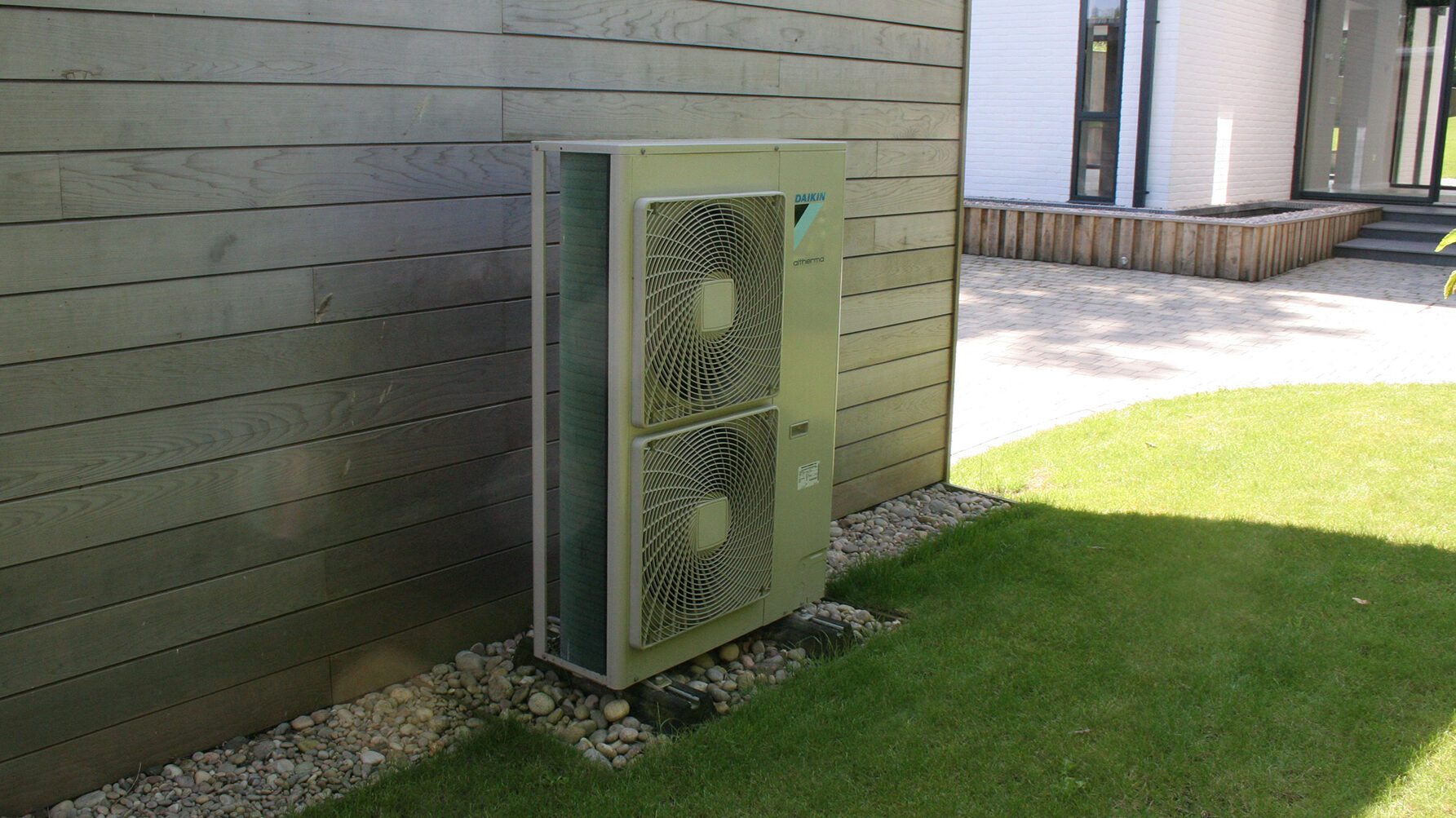 Air source
Air source
An air source heat pump is a system like a fridge, which extracts heat from the outside air and releases it inside the building.
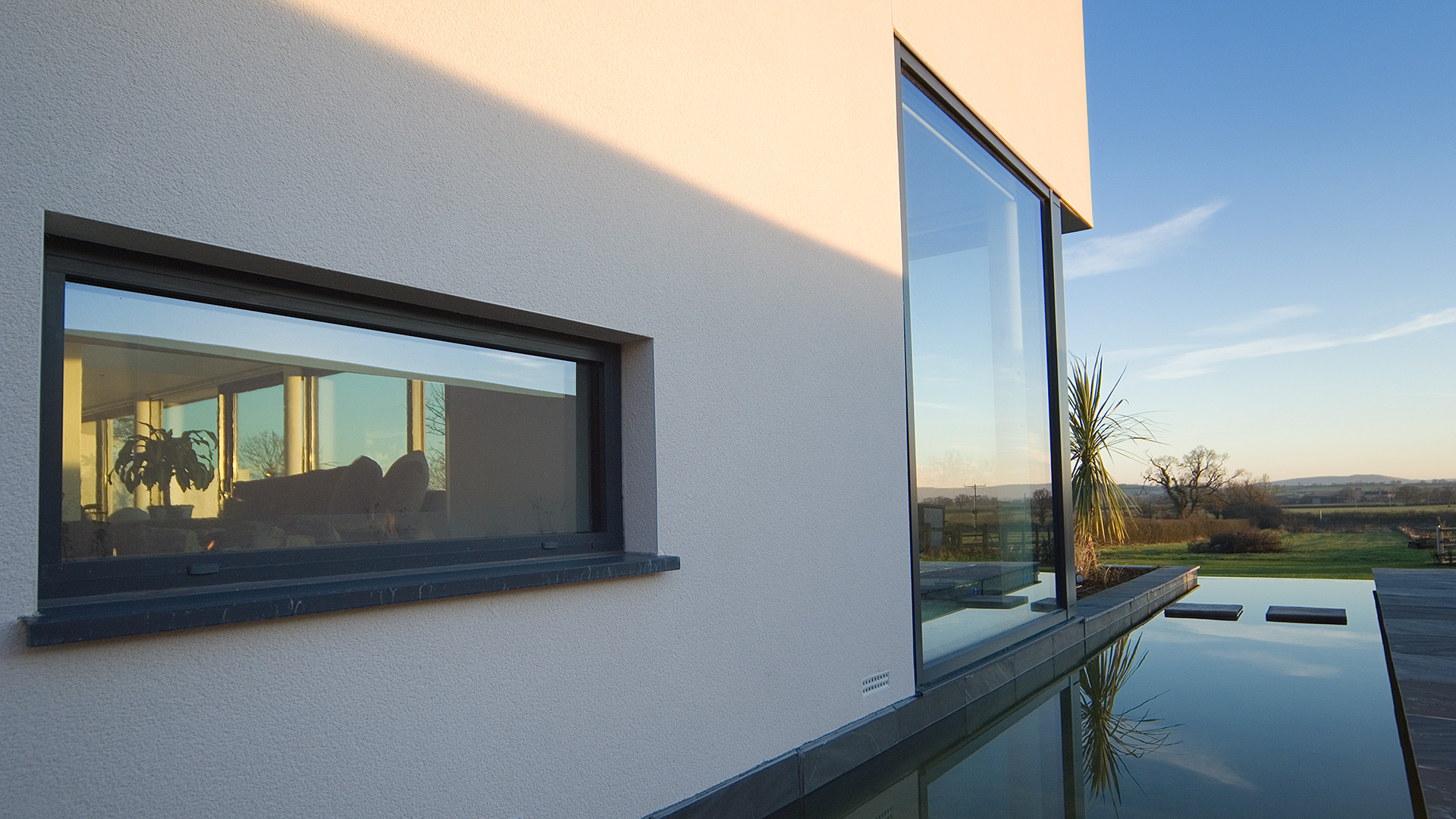 Water conservation
Water conservation
Water conservation techniques, be it sustainable technology, or intelligent design, are utilised throughout our projects.
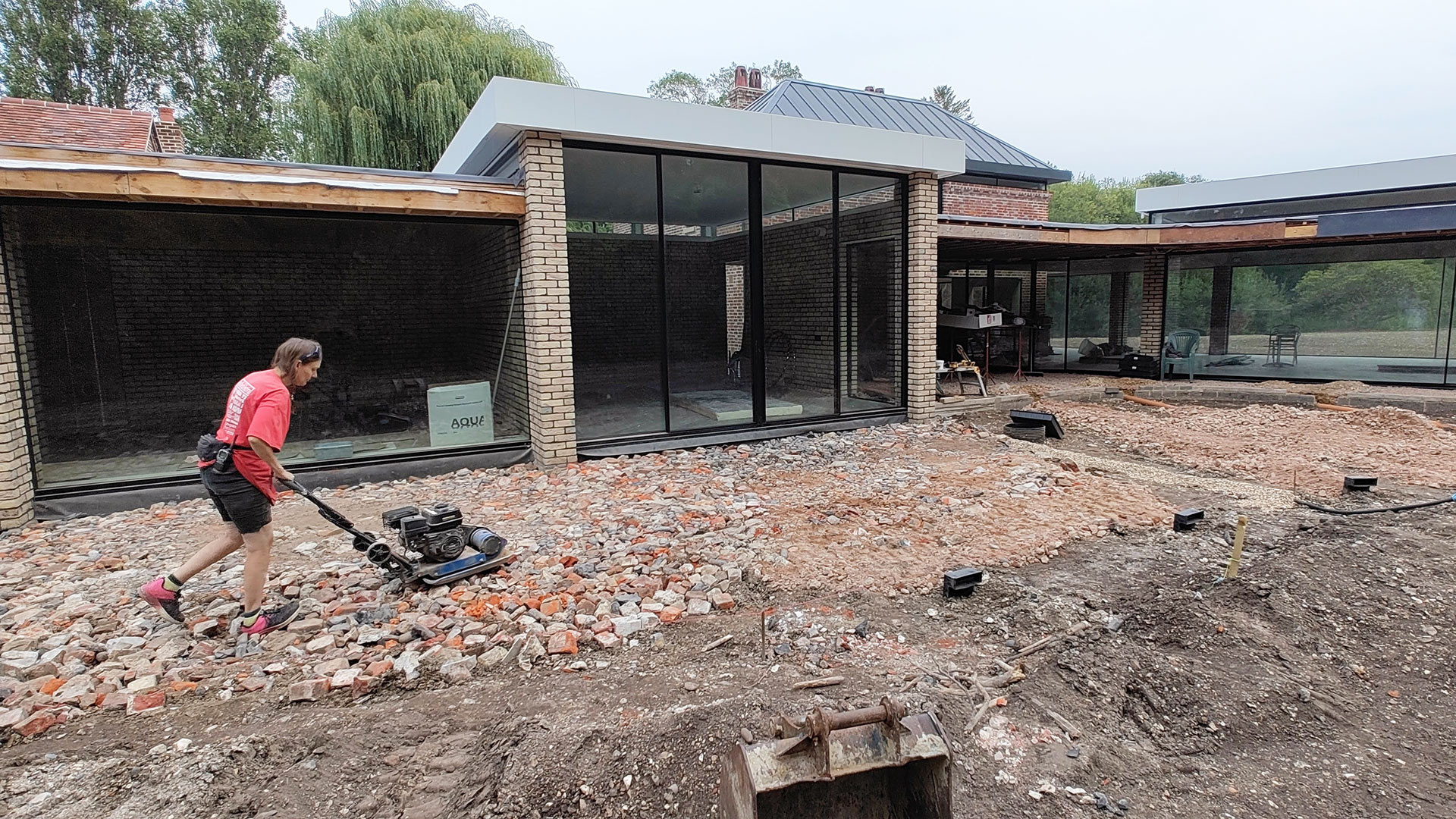 Demolition materials
Demolition materials
Retaining demolition materials on site for uses such as hardcore avoids unecessary and expensive trips to land fill or bringing in materials from quarries.
 Thermal mass
Thermal mass
The ability of a material to absorb and store heat energy. This is later released into the building maintaining a consistent temperature.
 Recycled materials
Recycled materials
Building materials do not need to be newly manufactured. We encourage clients to use recycled materials such as windows, doors, tiles or cladding from reclamation yards. The rewards are great, bringing character and cost savings for both the client and to the planet.
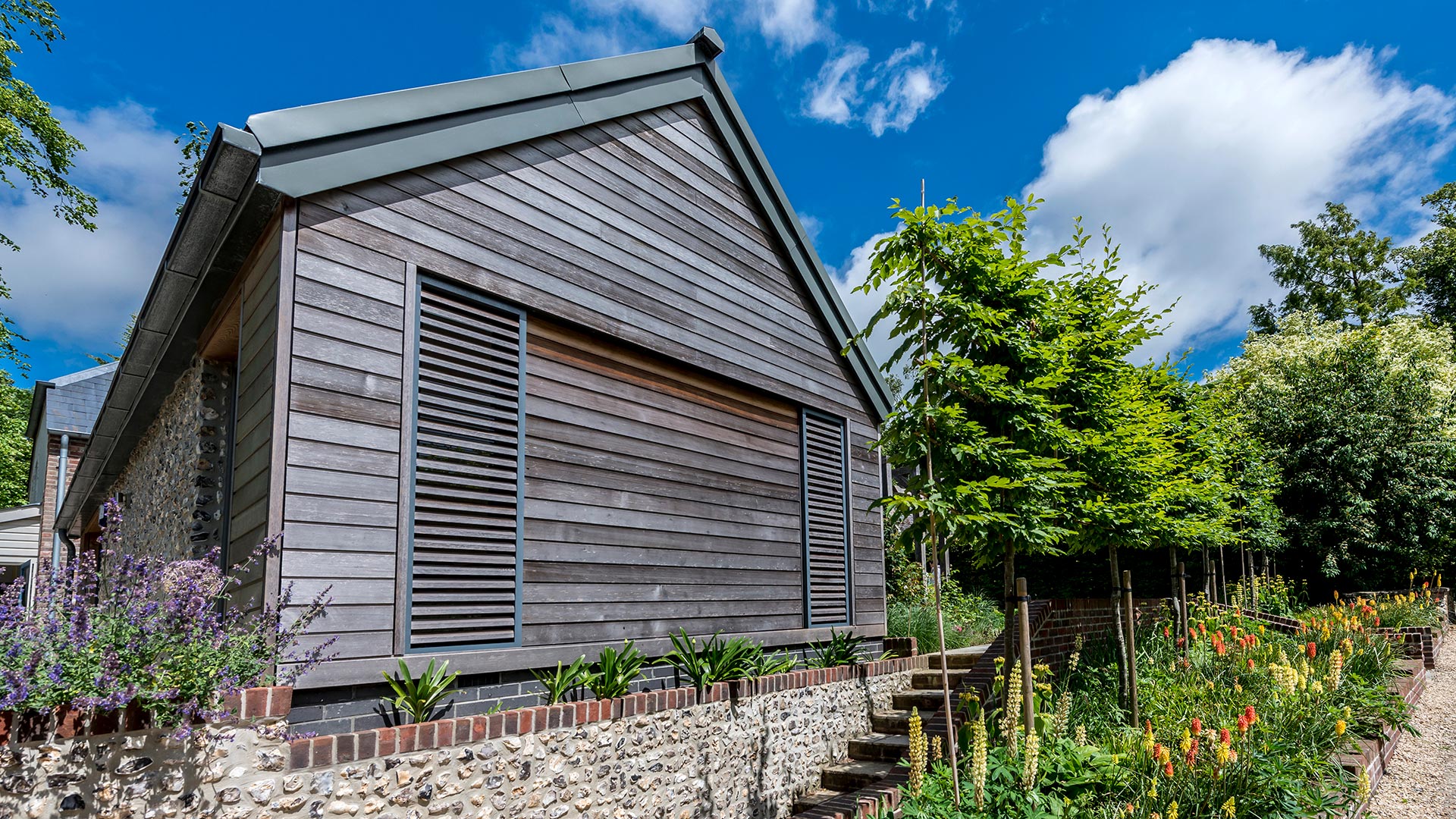 Structural Insulated Panels (SIPs)
Structural Insulated Panels (SIPs)
A high performance building system. Manufactured off site, the panels result in an extremely strong, energy efficient and cost effective build. SIPs panels offer excellent thermal performance, lower embodied energy and require less energy to produce than traditional methods.